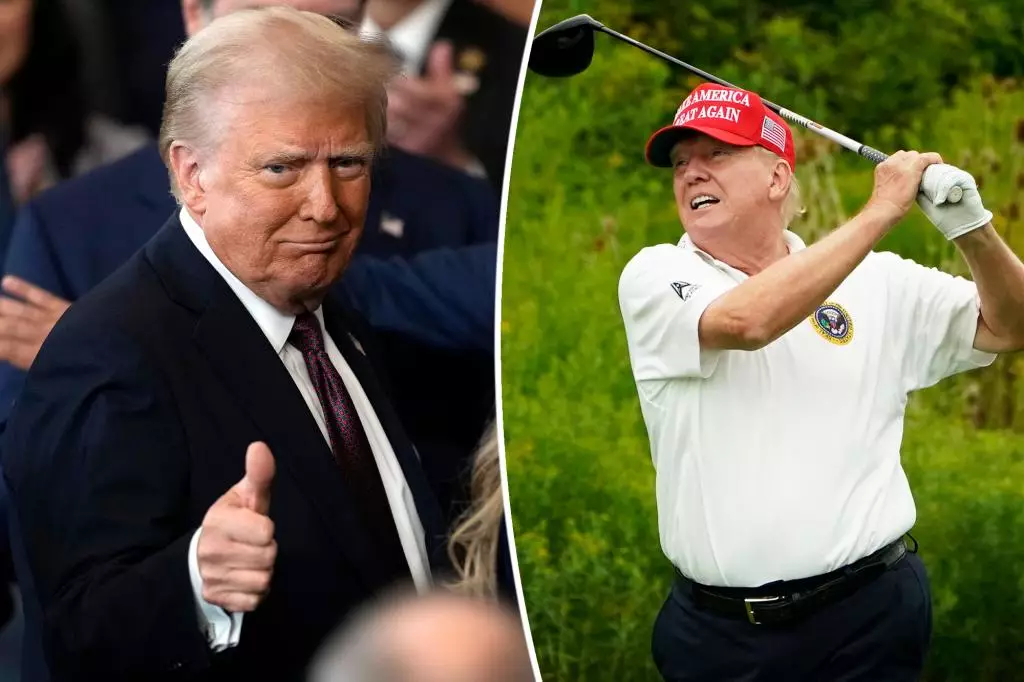Recent reports indicate that former President Donald Trump intends to follow a familiar playbook during his upcoming years, opting to spend significant time at his lavish Mar-a-Lago estate in Palm Beach, Florida, rather than maintaining a strictly full-time presence in Washington, D.C. This choice, often dubbed the “Winter White House,” aligns with Trump’s proclivity for golf and leisure. Sources suggest that his weekends will be divided between presidential duties and rounds on the green, as his affinity for both golf and the luxurious setting of Palm Beach remains blaringly evident.
Trump’s preference for the golfing lifestyle is well-documented. During his first term, he made headlines for his frequent visits to Trump-branded properties, with over 300 days spent at various golf clubs. An informal style of leadership, where critical discussions often unfolded on the golf course, has characterized his approach to governance. Such settings provide a unique arena for diplomatic engagements, illustrated by his past interactions with global leaders, including a notable round with Japan’s Prime Minister Shinzo Abe.
However, it’s worth scrutinizing Trump’s declared intentions regarding his golf outings in this term. Previously, insights indicated he would cut back on golf to prioritize the country’s needs—a clear acknowledgement of the responsibilities that come with high office. Although golf is a mainstay of his lifestyle, it appears that he aimed to allocate more time to pressing national concerns. Reports suggested that while he would still engage in the sport, his regular golfing engagements with friends might be curtailed, making way for a more serious focus on leadership.
Despite these intentions, the pull of the golf course may prove too strong. Indications now suggest that the former president is reverting to a more golf-centric routine, perhaps reminiscent of his earlier term. This dichotomy calls into question the genuine commitment he has towards shifting his focus to governance, particularly in light of ongoing critical issues facing the nation.
Adding layers of complexity to Trump’s golfing plans is the recent security situation, most notably the reported assassination attempt near one of his golf courses. Such threats could undoubtedly affect both his personal safety and the perception of his leisurely activities. As Trump navigates this precarious balance of leisure and leadership, the public and media will be watching closely, scrutinizing how he manages his dual roles amidst escalating tensions.
As Trump makes preparations for his anticipated second term, he stands at a crossroads: balancing the enjoyment of golf with the profound responsibilities of presidential office. His past actions indicate a propensity for leisure, yet the current socio-political climate demands acute attention to national issues. It remains to be seen whether Trump can integrally reconcile these two elements, or if the allure of golf will continue to dominate his agenda. Ultimately, if history is any guide, Mar-a-Lago will remain more than just a place of respite; it may also become a new pivot for pivotal leadership decisions.

